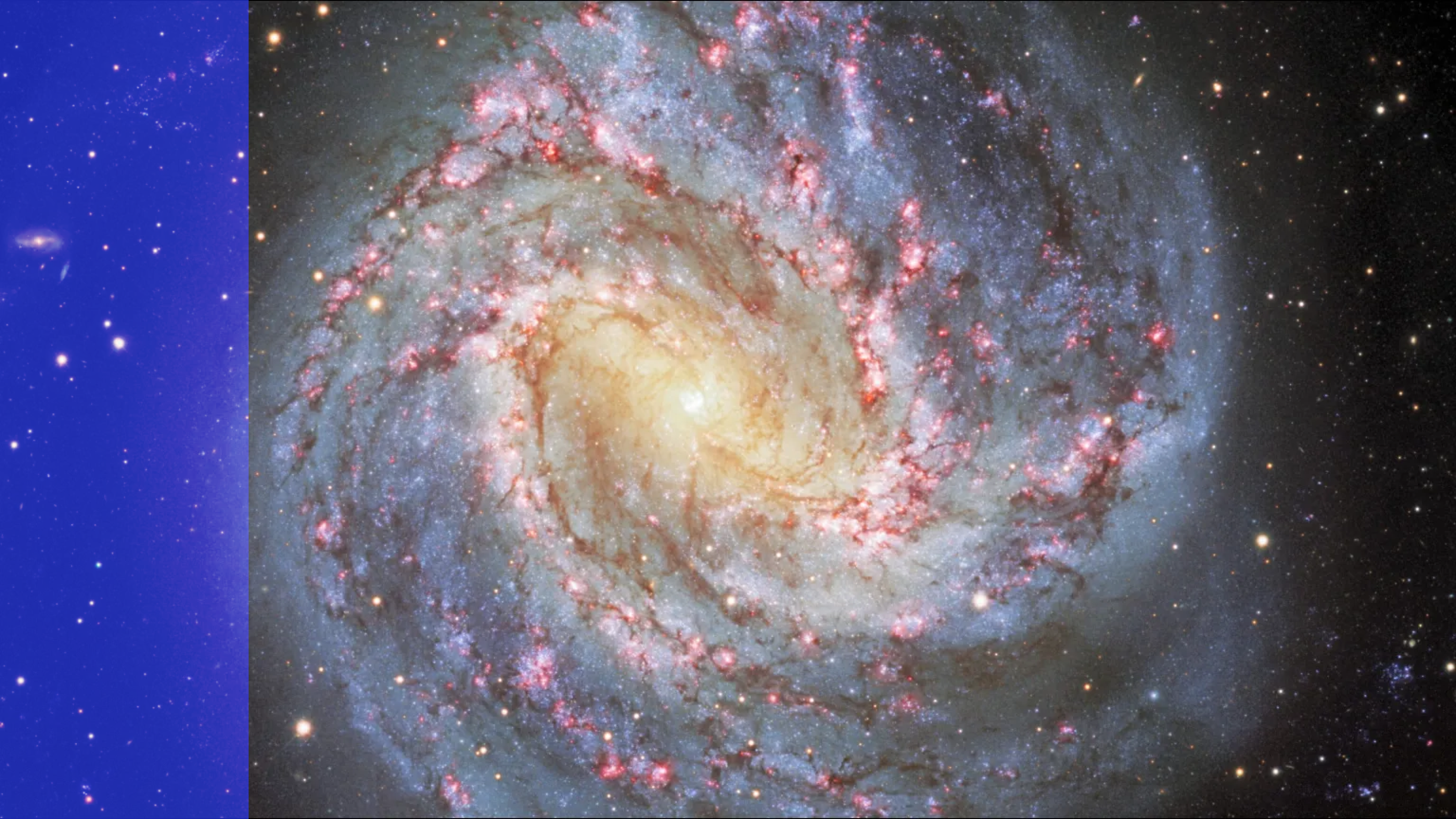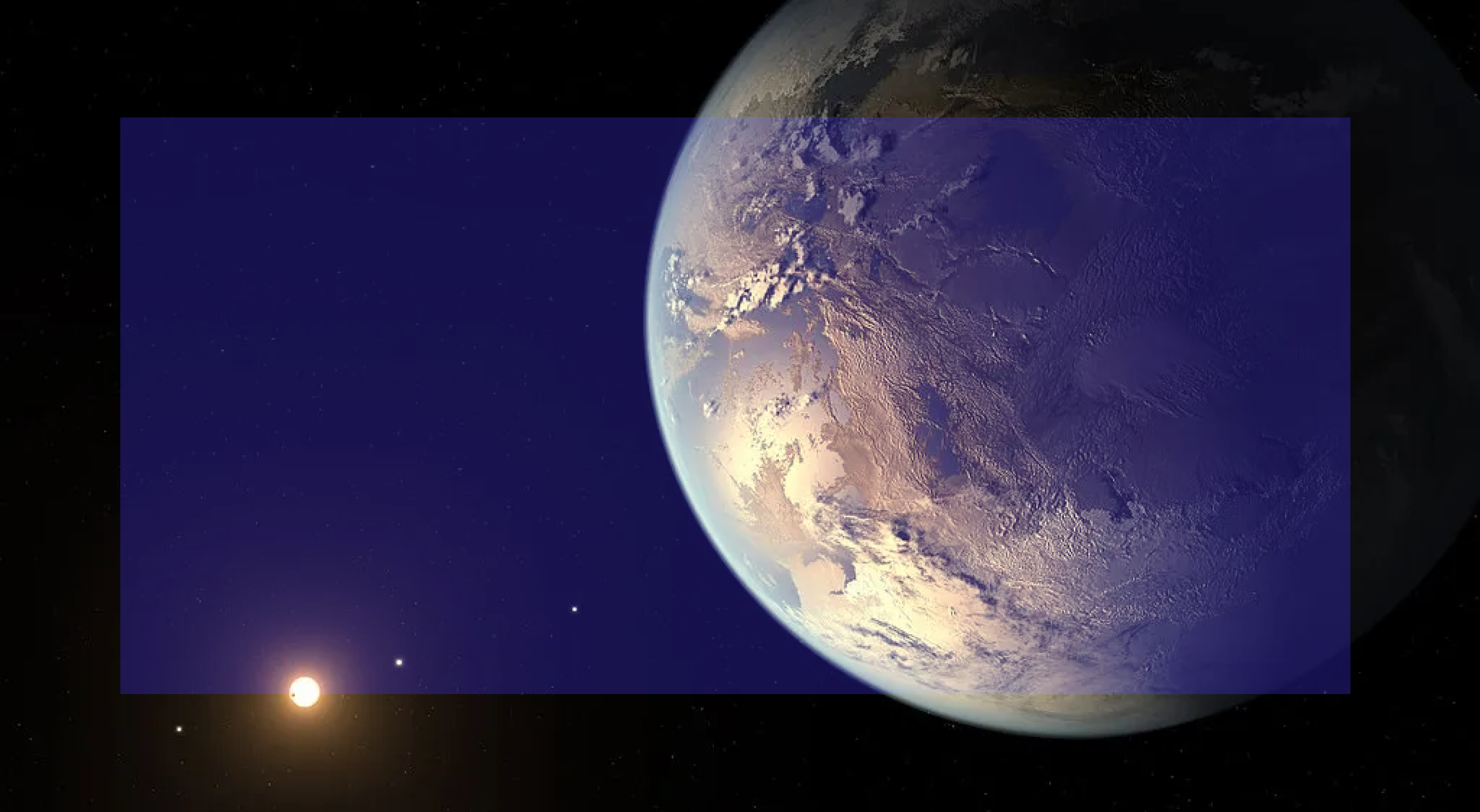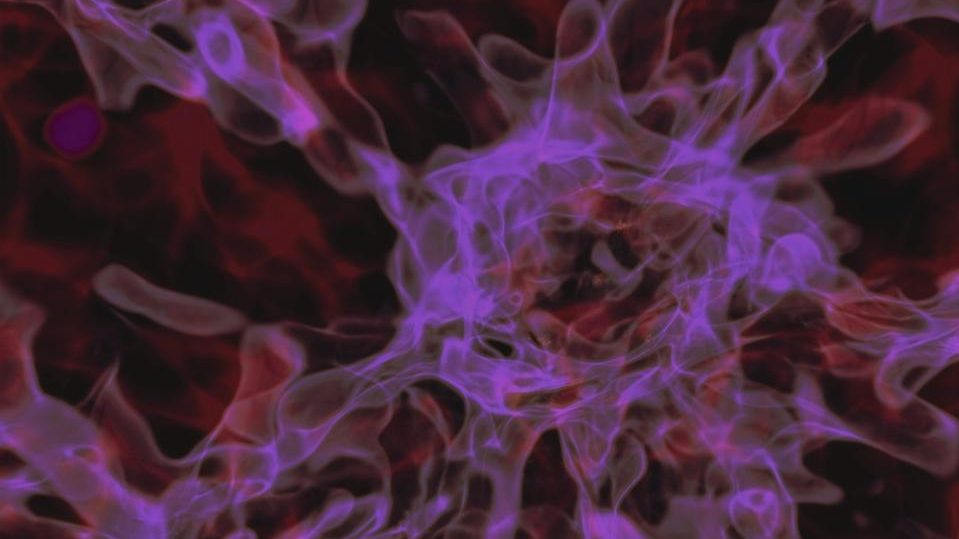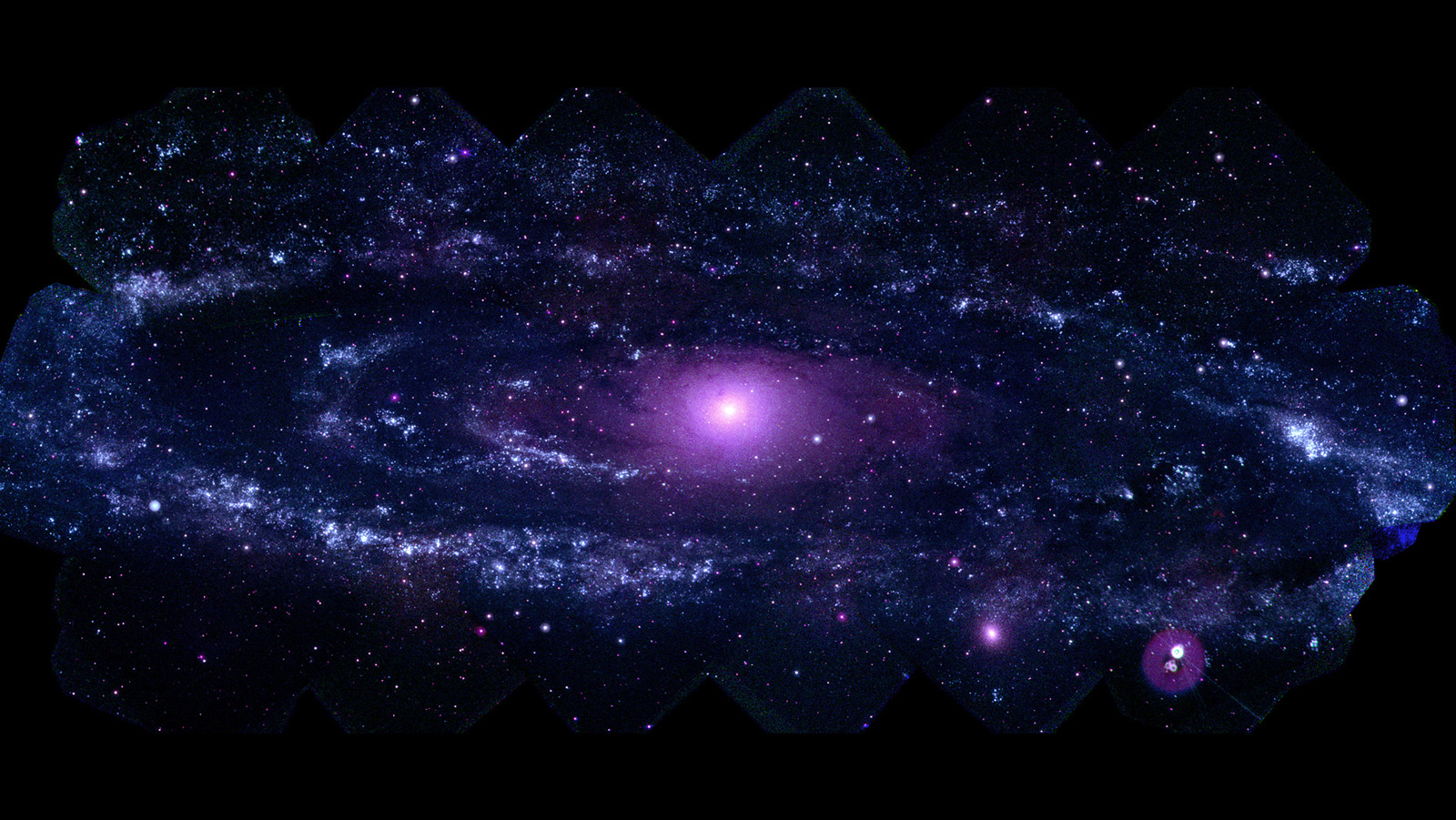Messier Monday: Messier’s first original discovery, M3
The handle of the Big Dipper leads you to Arcturus, the brightest star in the Northern Hemisphere. But there’s a deep-sky wonder hiding in plain sight, if you know where to look!
“You look at most artists, the arc of their career, there’s a definite decline at the end. […] Time goes by fast, and you’ve got to be busy all the time.” –Seth
But in contrast to a human lifetime, there are fixtures in the night sky that won’t change perceptibly over many thousands (or even millions) of years! A great many of these help make up the Messier Catalogue, a collection of 110 prominent deep-sky objects that now serve as a fantastic set of objects to get yourself acquainted with the Universe!
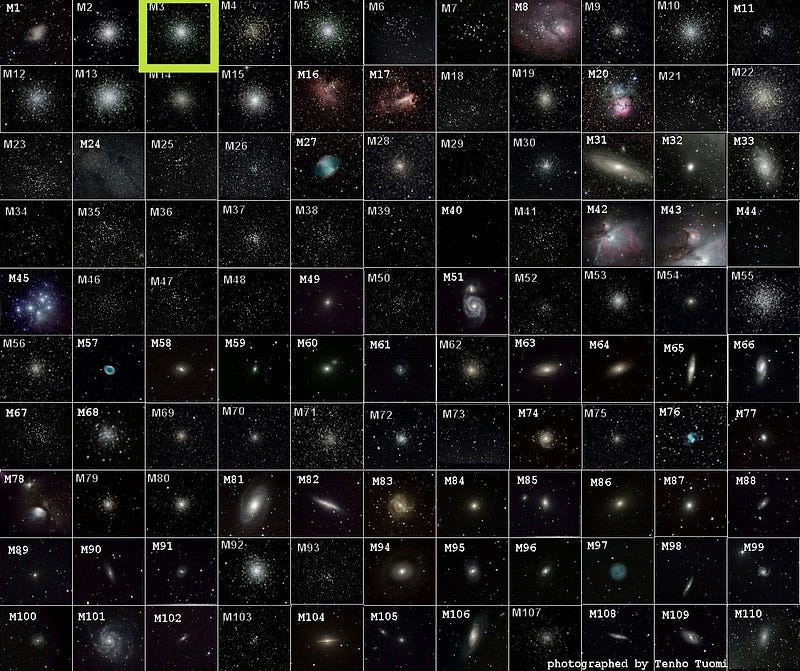
Tonight, a nearly full Moon will make many of the diffuse galaxies and nebulae invisible to most skygazers, but open star clusters and globular clusters still make for outstanding targets. For this week’s Messier Monday, let’s take a look at just the third object to be added to Messier’s catalogue: the globular cluster Messier 3. Here’s how to find it.
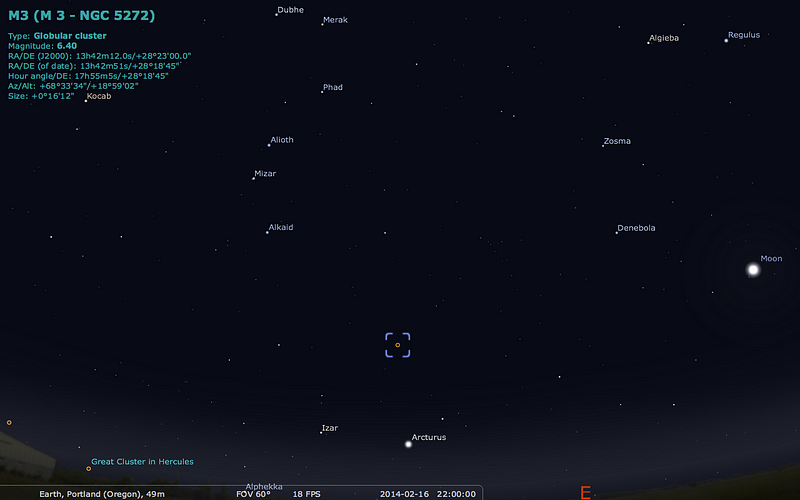
The Big Dipper has begun to fly high overhead (for Northern Hemisphere observers) in the early part of the night, with its prominent cup and its arcing handle, ending in the blue star Alkaid. If you follow-and-extend the curve of the arc, you’ll come to the brilliant orange giant star, Arcturus, the brightest star in the northern celestial hemisphere. (The brightest overall, Sirius, is presently visible from the northern hemisphere, but is located well below the celestial equator.)
There’s a relatively dark patch of space between Alkaid and Arcturus, and that’s where Messier 3 can be found.
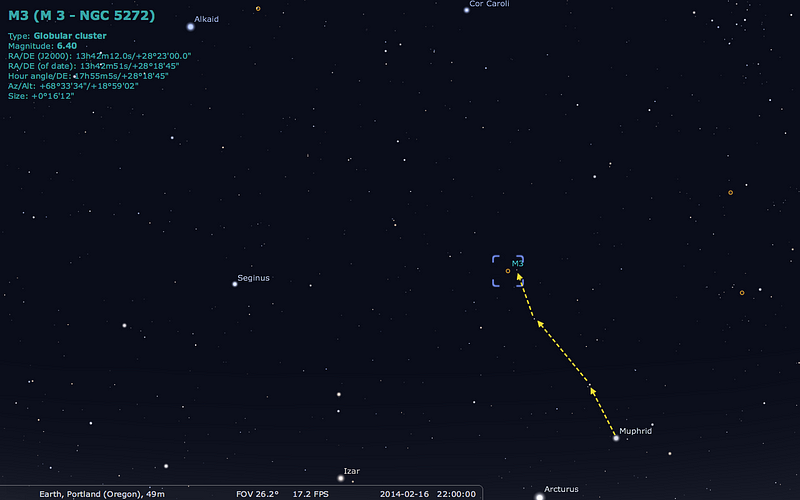
Right next to Arcturus is its prominent neighbor, Muphrid. If you extend an imaginary line (not an arc!) from Muphrid back towards Alkaid, there will be three naked-eye stars — shown above with yellow arrows between them — than you can “hop” to: 6 Boötis, the somewhat fainter 3 Boötis, and culminating in the barely visible HIP 66725.
And if you can find that star in a low-magnification telescope or a pair of binoculars, you can’t miss Messier 3!
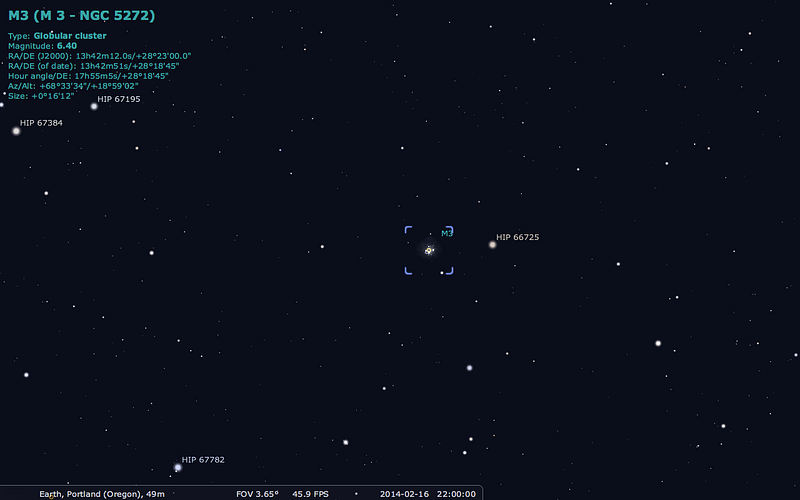
It’s one of the most spectacular globular clusters in the entire night sky, and the very first object discovered by Messier that had never been mentioned or recorded before by anyone else. He recorded the following:
Nebula discovered between Bootes & one of the Hunting Dogs of Hevelius [Canes Venatici], it doesn’t contain any star, its center is brilliant, & its light is gradually fading away, it is round.
Through even a modest telescope, the sights are spectacular.

This sight — that looks like a snapshot of an explosion — is a familiar one to astronomers and avid skygazers: a globular cluster! Found around practically all known galaxies, these spherical collections of ~100,000 stars apiece live in the galactic halo, and are only rarely found in the disk. These are dense collections of stars, under 100 light-years in radius but much richer than our region of space. Our own galaxy contains more than 100 of these objects, but some galaxies contain tens of thousands. And Messier 3 is one of the most spectacular.
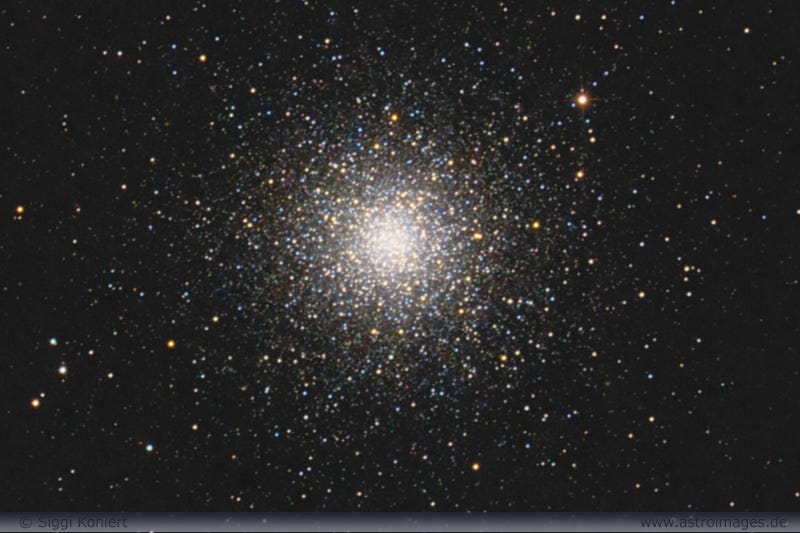
Containing a rather abundant 500,000 estimated stars, Messier 3 has a very dense core about 6 light years in radius, and then spreads out, diffusely, for another 85 light-years or so. You’ll notice, looking at a color image of this galaxy, a large number of orange-red stars against a sea of yellow/white points, with just a few blue dots sprinkled in.
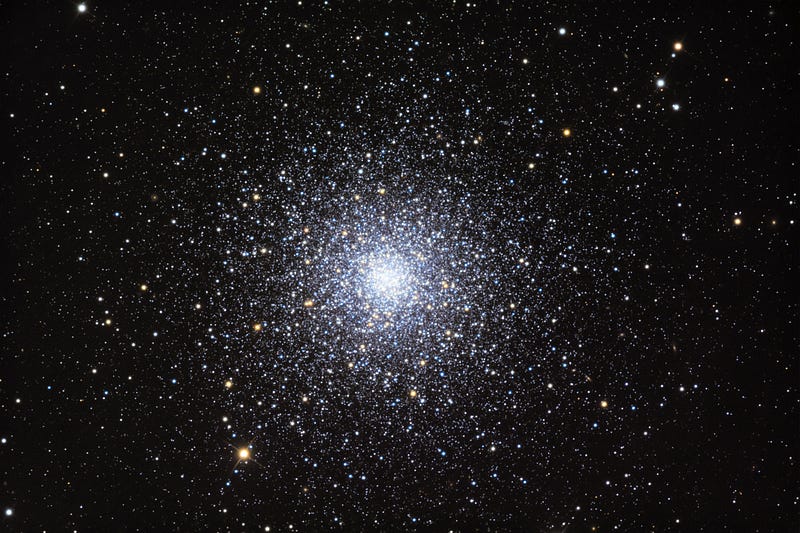
This is because globular clusters are among the oldest places in the Universe: the stars in Messier 3 are around 11.4 billion years old, and only contain about 4% of the heavy elements (Carbon, Oxygen, Iron, etc.) that our Sun has. However, most globular clusters are even older, forming within the first billion years after the Big Bang! It’s a relatively rare occurrence to have a globular cluster form later in a galaxy’s life; there must have been an incredibly large, intense period of star formation that created a star cluster so large that it still persists to this day.
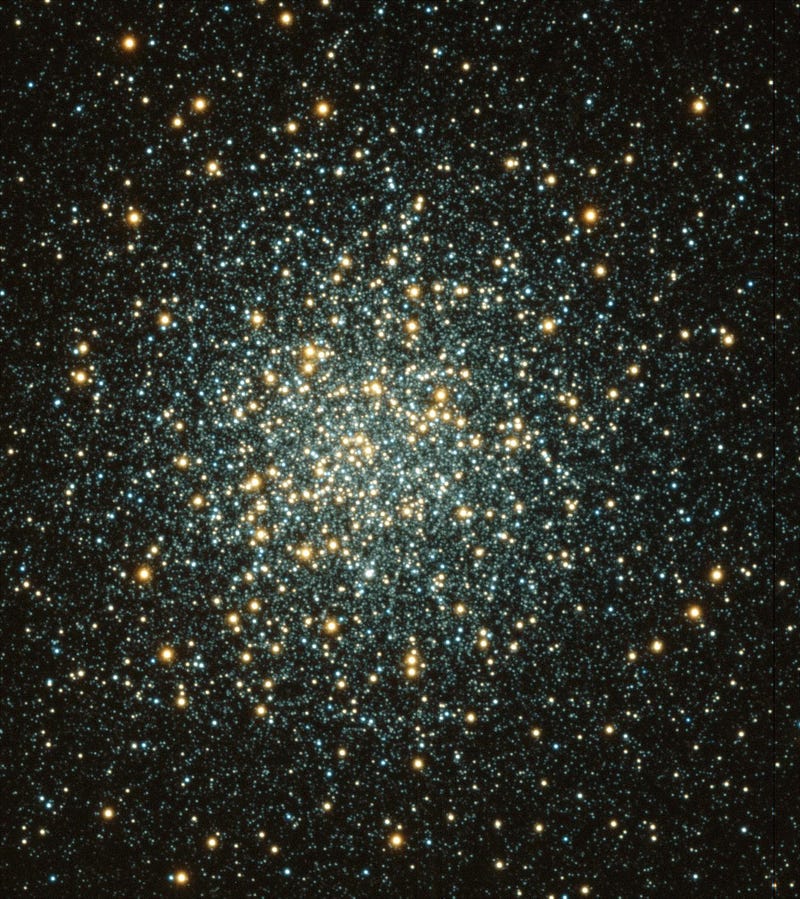
So that explains why there are bright orange-and-red stars there: those are Sun-like stars that have run out of their hydrogen fuel and have swelled into red giants. But what of the blue stars inside? Blue stars are shorter-lived and more massive than their white, yellow and red counterparts, and no blue star lives for 11 billion years or more. But remember, these are very dense regions of space, containing a much greater density of stars than our little corner of the Milky Way. When two stars collide and/or merge, their masses combine, and they can form what’s known as a blue straggler star, a common sight in globular clusters!
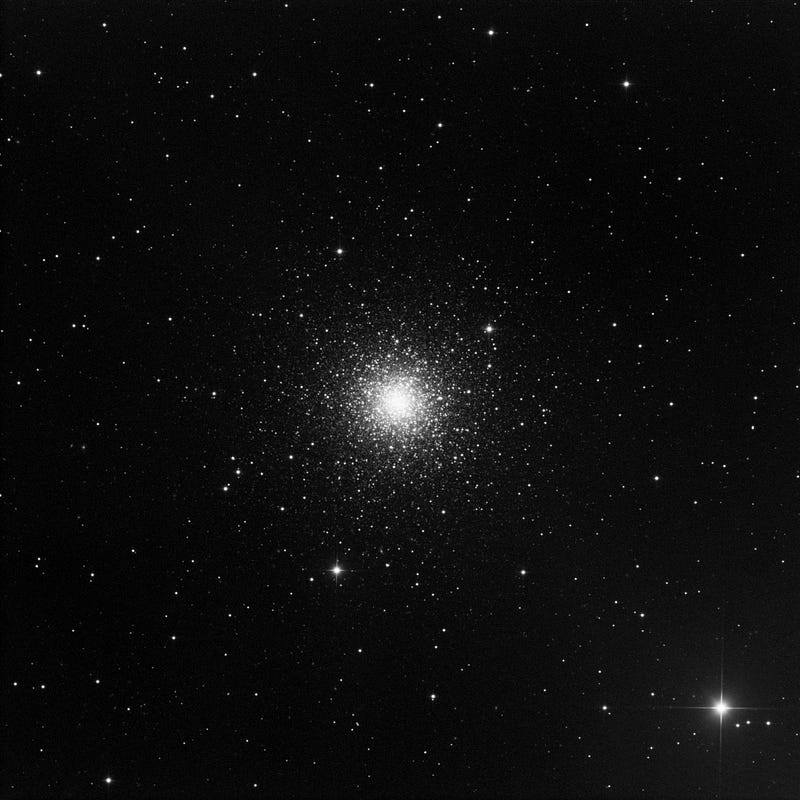
Some globulars have very dense cores and very diffuse outer halos, others are the opposite and don’t have a dense core at all! Messier 3 happens to be right in the middle: a VI on the concentration class scale, which ranges from I to XII. But while Messier 3 is unremarkable in this way, it’s remarkable in that — even at a distance of 34,000 light years — we’ve discovered more than 200 variable stars inside, more than we’ve found in any other globular cluster. We’re not entirely sure why this is the case, but look at ‘em go!
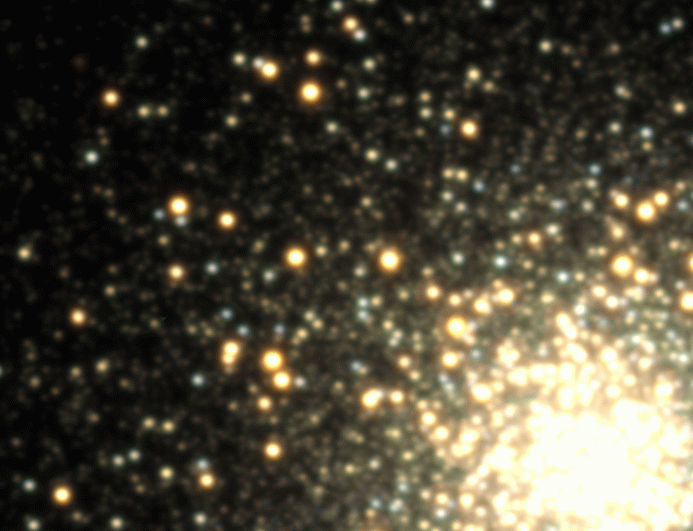
As always, the highest-resolution view of this objects comes courtesy of the Hubble Space Telescope, which has a narrow field-of-view. What you’re looking at, below, is a close-up of just the innermost 3 light-years or so.
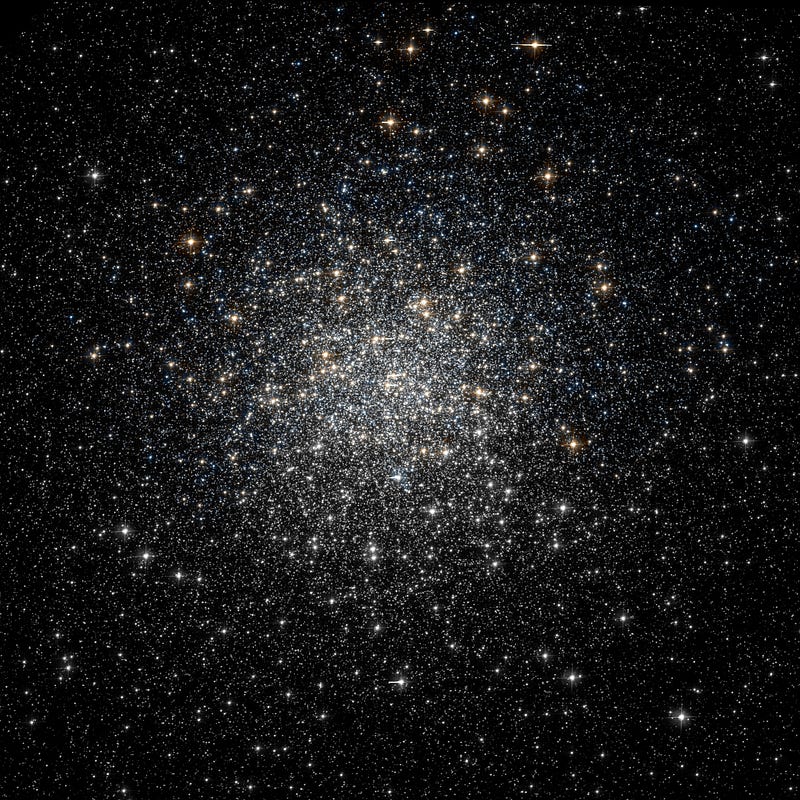
But why not carve a full-resolution slice through that, and give you a real view — at the limit of Hubble’s optics — at what’s inside!

And with a spectacular view like that, that will bring us to the close of another Messier Monday. Previously, we’ve looked at the following Messier objects so far:
- M1, The Crab Nebula: October 22, 2012
- M2, Messier’s First Globular Cluster: June 17, 2013
- M3, Messier’s First Original Discovery: February 17, 2014
- M5, A Hyper-Smooth Globular Cluster: May 20, 2013
- M7, The Most Southerly Messier Object: July 8, 2013
- M8, The Lagoon Nebula: November 5, 2012
- M11, The Wild Duck Cluster: September 9, 2013
- M12, The Top-Heavy Gumball Globular: August 26, 2013
- M13, The Great Globular Cluster in Hercules: December 31, 2012
- M15, An Ancient Globular Cluster: November 12, 2012
- M18, A Well-Hidden, Young Star Cluster: August 5, 2013
- M20, The Youngest Star-Forming Region, The Trifid Nebula: May 6, 2013
- M21, A Baby Open Cluster in the Galactic Plane: June 24, 2013
- M25, A Dusty Open Cluster for Everyone: April 8, 2013
- M29, A Young Open Cluster in the Summer Triangle: June 3, 2013
- M30, A Straggling Globular Cluster: November 26, 2012
- M31, Andromeda, the Object that Opened Up the Universe: September 2, 2013
- M32, The Smallest Messier Galaxy: November 4, 2013
- M33, The Triangulum Galaxy: February 25, 2013
- M34, A Bright, Close Delight of the Winter Skies: October 14, 2013
- M36, A High-Flying Cluster in the Winter Skies: November 18, 2013
- M37, A Rich Open Star Cluster: December 3, 2012
- M38, A Real-Life Pi-in-the-Sky Cluster: April 29, 2013
- M39, The Closest Messier Original: November 11, 2013
- M40, Messier’s Greatest Mistake: April 1, 2013
- M41, The Dog Star’s Secret Neighbor: January 7, 2013
- M42, The Great Orion Nebula: February 3, 2014
- M44, The Beehive Cluster / Praesepe: December 24, 2012
- M45, The Pleiades: October 29, 2012
- M46, The ‘Little Sister’ Cluster: December 23, 2013
- M47, A Big, Blue, Bright Baby Cluster: December 16, 2013
- M48, A Lost-and-Found Star Cluster: February 11, 2013
- M50, Brilliant Stars for a Winter’s Night: December 2, 2013
- M51, The Whirlpool Galaxy: April 15th, 2013
- M52, A Star Cluster on the Bubble: March 4, 2013
- M53, The Most Northern Galactic Globular: February 18, 2013
- M56, The Methuselah of Messier Objects: August 12, 2013
- M57, The Ring Nebula: July 1, 2013
- M60, The Gateway Galaxy to Virgo: February 4, 2013
- M63, The Sunflower Galaxy: January 6, 2014
- M65, The First Messier Supernova of 2013: March 25, 2013
- M66, The King of the Leo Triplet: January 27, 2014
- M67, Messier’s Oldest Open Cluster: January 14, 2013
- M71, A Very Unusual Globular Cluster: July 15, 2013
- M72, A Diffuse, Distant Globular at the End-of-the-Marathon: March 18, 2013
- M73, A Four-Star Controversy Resolved: October 21, 2013
- M74, The Phantom Galaxy at the Beginning-of-the-Marathon: March 11, 2013
- M75, The Most Concentrated Messier Globular: September 23, 2013
- M77, A Secretly Active Spiral Galaxy: October 7, 2013
- M78, A Reflection Nebula: December 10, 2012
- M79, A Cluster Beyond Our Galaxy: November 25, 2013
- M81, Bode’s Galaxy: November 19, 2012
- M82, The Cigar Galaxy: May 13, 2013
- M83, The Southern Pinwheel Galaxy, January 21, 2013
- M86, The Most Blueshifted Messier Object, June 10, 2013
- M92, The Second Greatest Globular in Hercules, April 22, 2013
- M93, Messier’s Last Original Open Cluster, January 13, 2014
- M94, A double-ringed mystery galaxy, August 19, 2013
- M95, A Barred Spiral Eye Gazing At Us, January 20, 2014
- M96, A Galactic Highlight to Ring in the New Year, December 30, 2013
- M97, The Owl Nebula, January 28, 2013
- M99, The Great Pinwheel of Virgo, July 29, 2013
- M101, The Pinwheel Galaxy, October 28, 2013
- M102, A Great Galactic Controversy: December 17, 2012
- M103, The Last ‘Original’ Object: September 16, 2013
- M104, The Sombrero Galaxy: May 27, 2013
- M106, A Spiral with an Active Black Hole: December 9, 2013
- M108, A Galactic Sliver in the Big Dipper: July 22, 2013
- M109, The Farthest Messier Spiral: September 30, 2013
Come back next week for another deep-sky wonder and another Messier Monday, and if you’ve got a favorite you can’t wait for, feel free to suggest it right here!

